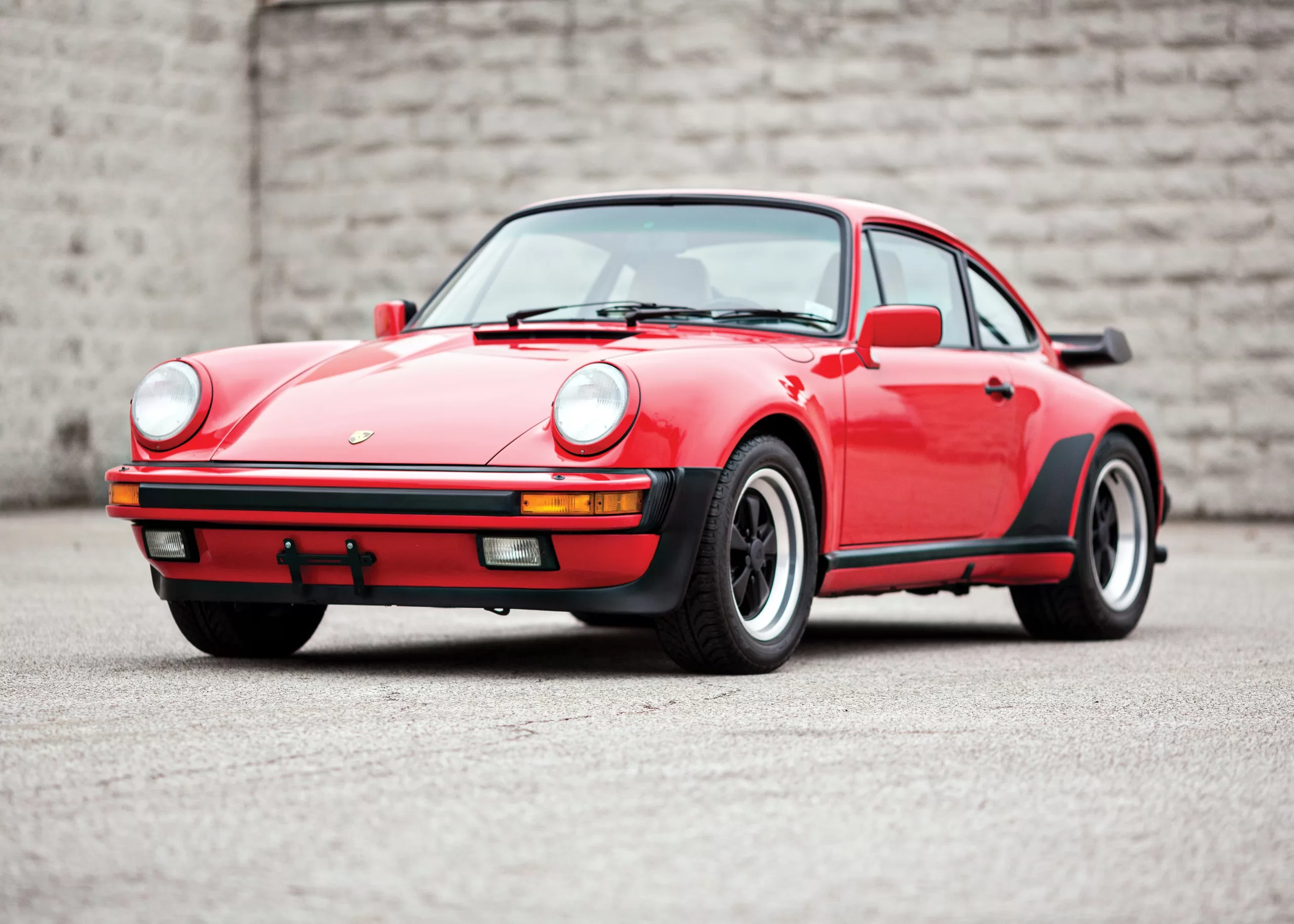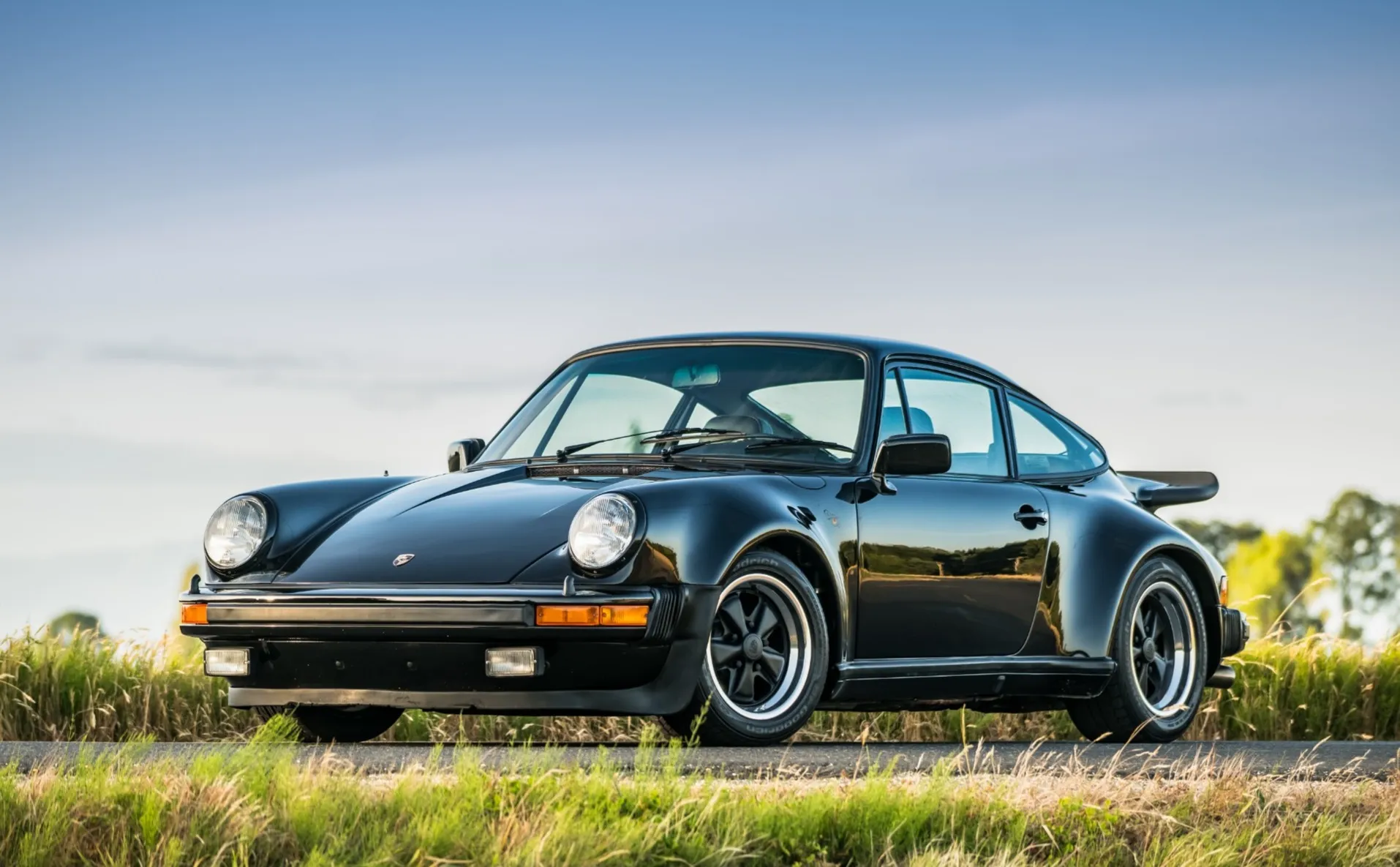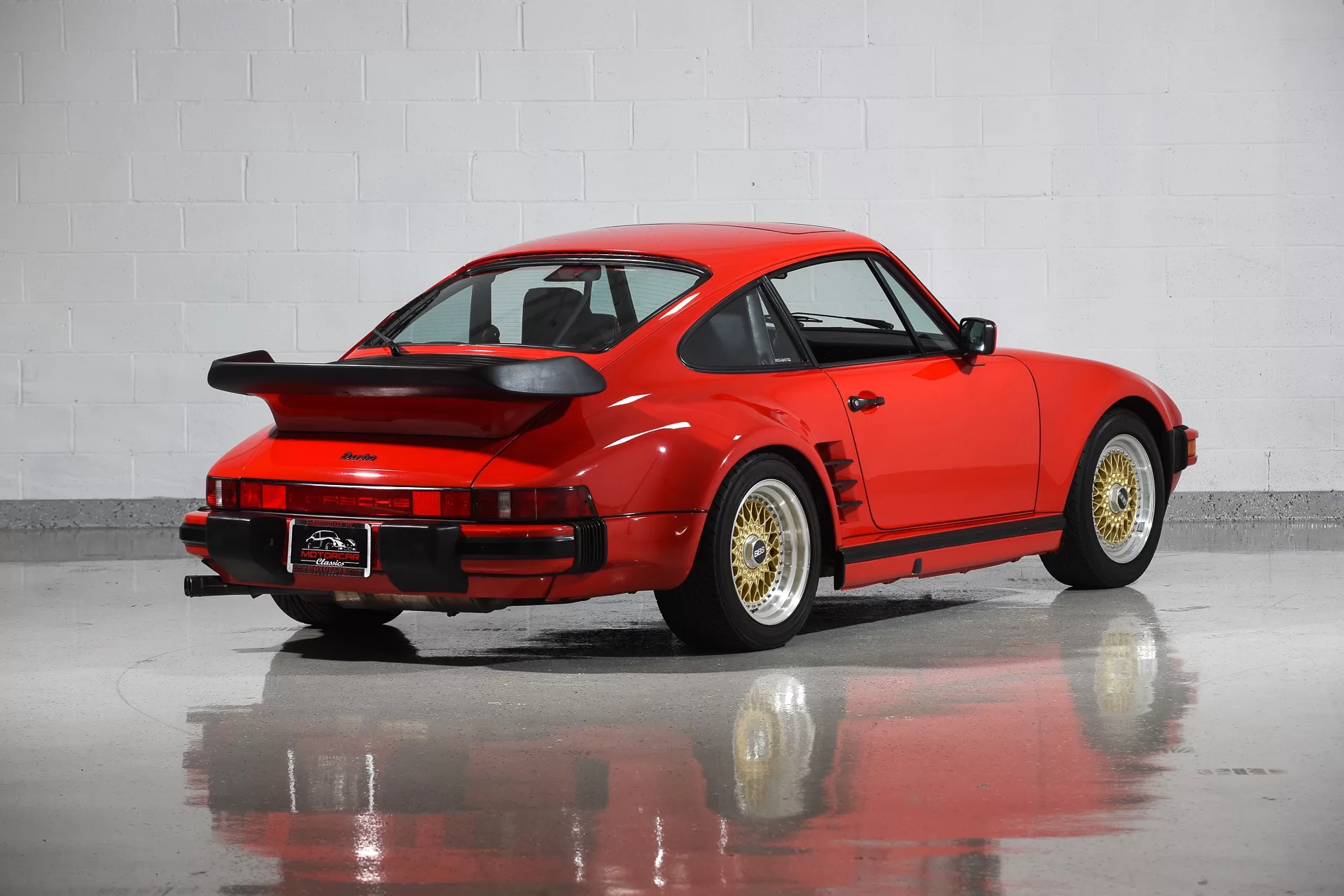From its first unveiling at the 1974 Paris Auto Show, Porsche’s first production 911 Turbo instantly made headlines through futuristic technology and headlining performance. Code-named ‘930’ internally, this evolutionary yet revolutionary variant mated a massive rear-mounted turbocharger to the trusted flat-six architecture powering Porsche models for decades.
However, this enhanced 911 Turbo formula proved far from one-dimensional. The model brought new levels of drivability and refinement integrating the sophisticated turbo systems tamed through racing development in expeditions to LeMans and rally stages worldwide. Thanks to immense capabilities cloaked by understated styling, the 930 entered the performance pantheon immediately while profoundly influencing perceptions of Porsche’s benchmark 911 range afterwards.
This article pays tribute by looking back at the engineering significance, performance achievements and historical impact of the game-changing original Porsche 930–an icon that forever transformed the 911’s potential.
Big Power Meets Usability
While past Porsche models incorporated racing-derived turbochargers for their competition efforts, adopting forced induction in a production street 911 initially faced skepticism on complexity and driveability grounds internally. However, intensive development yielded a reliable turbocharged 3.0-liter flat-six rated 260 horsepower mated to a 4-speed transmission and beefed-up components supporting the newfound output.
Upon debut, journalists and customers immediately embraced the 930 for delivering immense thrust entirely contradicting expectations of peaky turbo lag. Instead, the harmonious system provided seamless and linear delivery tamed through meticulous engineering. Acceleration to 60mph in 5.3 seconds, sub 14-second quarter miles and a top speed north of 150mph reset 911 performance benchmarks practically overnight.
Yet the 930 maintained everyday comfort keeping Porsche’s benchmark poise and stability thanks to adaptive bilstein dampers, upgraded brakes and a signature whale-tail rear spoiler keeping the rear planted at speed. The combination of blistering pace cloaked in familiar 911 proportions captivated enthusiasts worldwide.
Racing Developments & Record-Setting Performance
Porsche continued improving the 930’s capabilities during its 14-year production run. New intercooling, piston designs and engine management pushed output to 300hp by 1978 and later a staggering 330hp for 1989 Turbo models. Outside Porsche implemented stiffer suspensions, larger brakes and widened rear bodywork with iconic tea-tray spoilers broadening the 911’s performance envelope further.
Signaling success adapting their turbocharged technology so effectively, Porsche 930 models began dominating racing venues competing against rival supercars costing far more. The 930 won its production class at LeMans four times between 1978-1982 affirming capabilities. Further notoriety followed in April 1987 when champ driver Ruf set a new 241 mph world record at the legendary Ehra-Lessien test track behind the wheel of a 930 Turbo. This cemented the 911 Turbo’s twin reputations for being both brutally quick yet remarkably refined.
Porsche 930 Lasting Influence on the 911’s Evolution
While the 930 ended its 14 year production run in 1989, its profound influence on elevating the 911 range permanently redefined public and enthusiast perceptions about Porsche’s rear-engine icon worldwide. Beyond introducing new levels of attainable Vmax through forced induction, the 930 established a direct path towards increased civility and daily usability once considered incompatible with extreme performance.
Without the engineering triumph integrating these strengths so cohesively, history may have stalled the 911’s progress. Instead, the pioneering 930 Turbo kept Porsche’s icon relevant for new generations through innovation and potency matched by few others then or today. For this immeasurable influence, the original 930 retains rightful esteem as the godfather anchoring Porsche’s 911 dynasty now into its seventh decade and counting.




